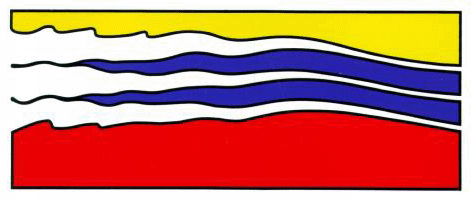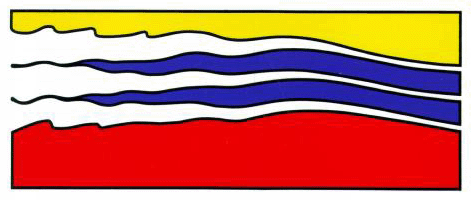
4111 Monarch Way, 3rd Floor
Old Dominion University
Norfolk, VA 23508
757-683-4940


Increasingly, a broad range of considerations has come to the
fore in the context of living marine resource and ocean-use management.
Multiple processes affect the function, structure and dynamics of marine
ecosytems. The challenge has been to evaluate such processes
simultaneously to understand the relative magnitude (and thus relative
importance), spatio-temporal dynamics, interactions among, and responses
of the ecosystem components to such processes. These processes range
from among a suite of various drivers, including bottom-up forcing,
top-down caps, and middle-out trophodynamics, in all the myriads of
forms that this triad of drivers can take. One way to elucidate this
broad range of considerations is to use full ecosystem models. Here I
present one such model, ATLANTIS, as applied to the Northeast U.S. large
marine ecosystem. This work presents a brief view of the structure of
this "virtual ecosystem" including the dynamics of water mass flows,
nutrients, lower trophic levels, upper trophic levels, fleets, and
fishery markets. I then highlight the main features of the calibration
and validation process of this virtual system, executed at three levels
of dynamism. The results indicate that we can reasonably capture many
of the main features of this ecosystem, particularly the dynamics of
ecologically and commercially important biota. I also note instances
where disconnects in our model validation exercise led to improved
understanding of the ecosystem, followed by example scenarios and how
their results could be used to inform living marine resource management
in a strategic manner, particularly in the assessment of ecosystems. I
conclude by discussing how one might utilize this modeling approach as
an operating model towards the implementation of Integrated Ecosystem
Assessments in particular and Ecosystem-Based Management in general.
Jason Link is a senior research fishery biologist working for the NMFS in Woods Hole. Having written one of the leading books on Ecosystem-Based Fisheries Management (EBFM), Dr. Link is currently applying EBFM and EBM principles as: the IEA lead for the NEFSC; chair of the Ecosystems Sub-Committee of the SSC of the MAFMC; co-chair or chair of various national and international ecosystem modeling working groups; co-chair or member of various national and international Task Groups on ecosystem indicators; co-chair, chair, member, or review panelist of various international working groups assessing numerous regional seas; and liaison between stock assessments, ESA consultations, and ecosystem assessments that better incorporate ecological and environmental considerations into living marine resource management, particularly predation on forage fishes. His research interests include Fish Feeding Ecology, Fisheries and Ecosystem Management, Large Aquatic/Marine Ecosystems, Planktivore-Zooplankton Interactions, Pelagic Communities, and Ecological Modeling, having published over 100 peer-reviewed journal articles on these topics. Dr. Link received a B.S. from Central Michigan University and a Ph.D. from Michigan Technological University.

|
Innovation Research Park Building I 4111 Monarch Way, 3rd Floor Old Dominion University Norfolk, VA 23508 757-683-4940 |

|